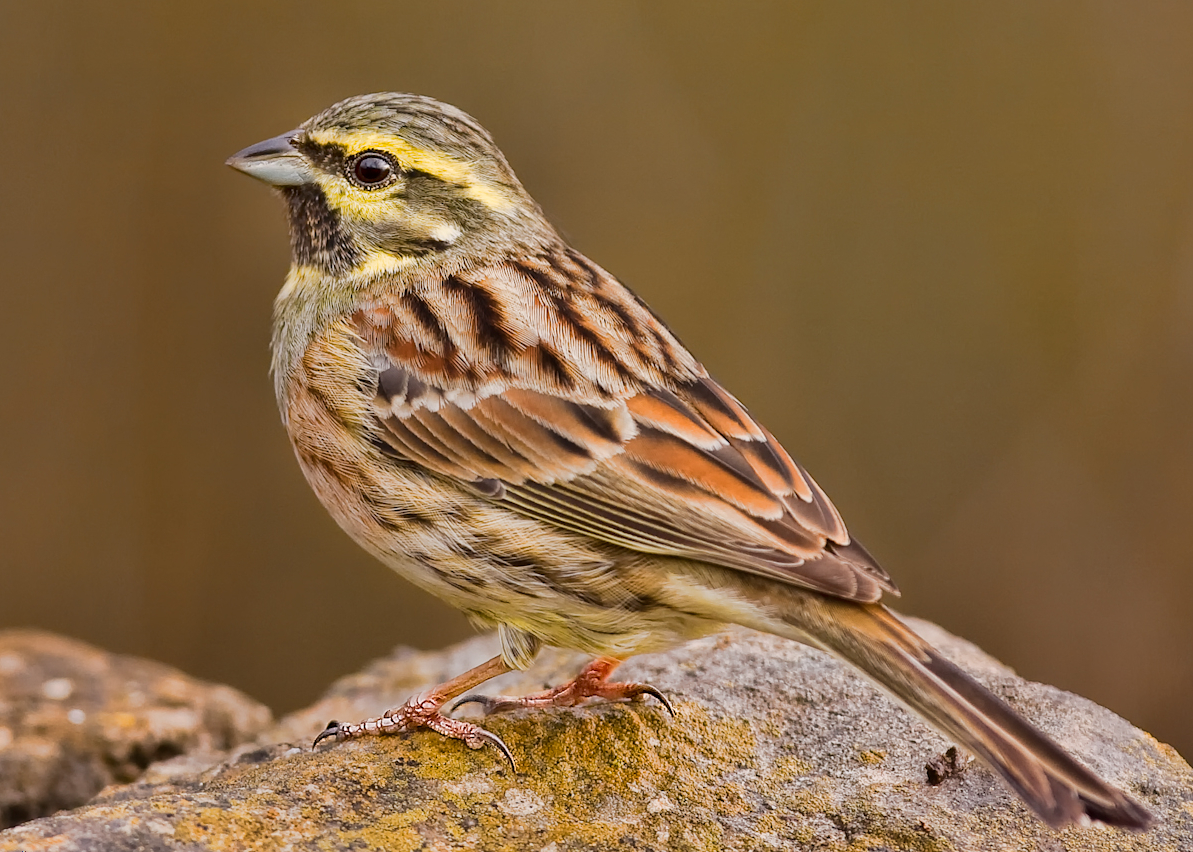On Saturday 24th November people all over the UK took a day off from shopping and bought nothing. It's a day to challenge yourself, and friends and family, to embrace life and let go of consumerism for a day, avoiding all those temptations and discovering there's a lot more to Saturdays than shopping. According to the website the rules are simple,
for 24 hours you will detox from shopping and anyone can take part provided they spend a day without spendingBut why bother? Well firstly because it will save you money. Making a conscious decision not to buy anything at all during the day helps to avoid those little purchases that add up, like coffees and chocolate bars, and it also helps you to really think about the big purchases, whether you need them, where you're buying them and how your money is being used. We in the developed world are only 20% of the global population and yet our consumer lifestyle uses up 80% of the earth's natural resources impacting on everyone else, more often than not in a negative way.
These seemed like pretty good reasons not to buy anything on Saturday. It was probably easier for me than most people as I was busy at work, although work did involve standing in a Christmas Market all day surrounded by shops so maybe it was actually harder! When you know you aren't going to spend anything it's incredible how many things you want to buy. Here's a list of some of the things I suddenly wanted on Saturday:
- Parking space in pay and display car park
- Hot Chocolate to start my morning at the market
- Yummy looking bread from the stall opposite
- Necklace and bottle opener from the stall next to me
- Cakes from the stall opposite
- Take away because there wasn't much in the cupboards for dinner
I'm sure there were more, and that was on a day when I was busy working! But wanting to get to the end of the day without opening my purse made me strong and I felt a real sense of achievement when I managed it, even though it was only a small thing. I found a side street to park on for free (walking further but saving money and being healthier!), I resisted the other stalls and I used up a can of soup and bread that I found in the cupboard that I'd forgotten existed for dinner. Avoiding waste food and buying anything! What I found fascinating was how much of a challenge it was not to buy anything, as I don't normally see myself as a big spender or a mass consumer. None of the things I avoided were essential buys and at the end of the day I feel better for not having them.
So one day is surprisingly hard, but how about the next day? Sunday was less of a success. Back at the same Christmas Market I bought a cake (but avoided the bread) from the opposite stall and bought a coke and chocolate bar on my drive home. A bit of pre-planning could have avoided this, an extra water bottle and a snack for the journey are easily found at home and I could have grabbed these before leaving in the morning. In total I spent just under £2 on Sunday. My normal guilt tripping trick is to think how much good would that £2 have done if I'd have donated it to charity instead of food and drink for me. Looking back it would probably have done more good/given more pleasure in charitable form than I got from consuming those products. Or selfishly it would have been better saved up for other purchases I need to make in the future.
It's almost impossible never to spend money on things. Today I'll do my weekly shop. But before I do I'll look through the cupboards and plan my week's meals to avoid buying unnecessary items. I'll also keep a list so I don't end up impulse buying. When I walk past the glossy magazines I'll remember that I can get most of it online and that saves paper as well as money. I'll go for a walk or run along the canal (as long as it's not flooded) and watch wildlife as I exercise rather than watching the treadmill screen. Not buying really does feel liberating, and makes buying more of a thought through process rather than an automatic response. Since I'm doing well on having one veggie day a week (a challenge I set myself back in September) maybe I'll try and have one Spend Nothing day a week too, although I'll need to make sure I don't just move my purchases onto a different day, I want to reduce, not double up.
When did you last spend nothing? If you're interested in trying it, you don't have to wait until next year, just pick a day and go for it. Even just listing everything you;e bought in a day can be interesting. Let me know how it goes!











